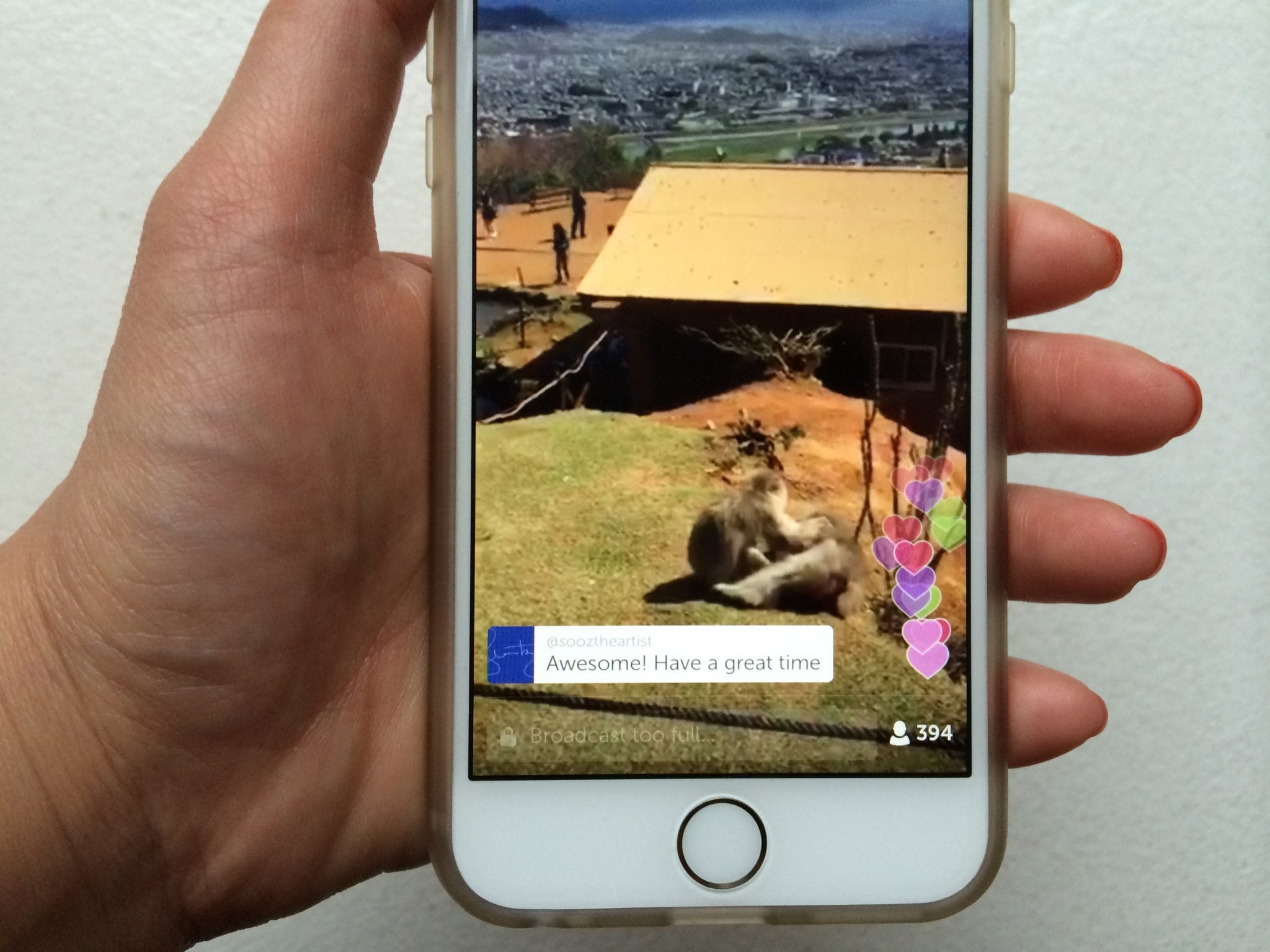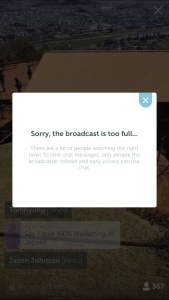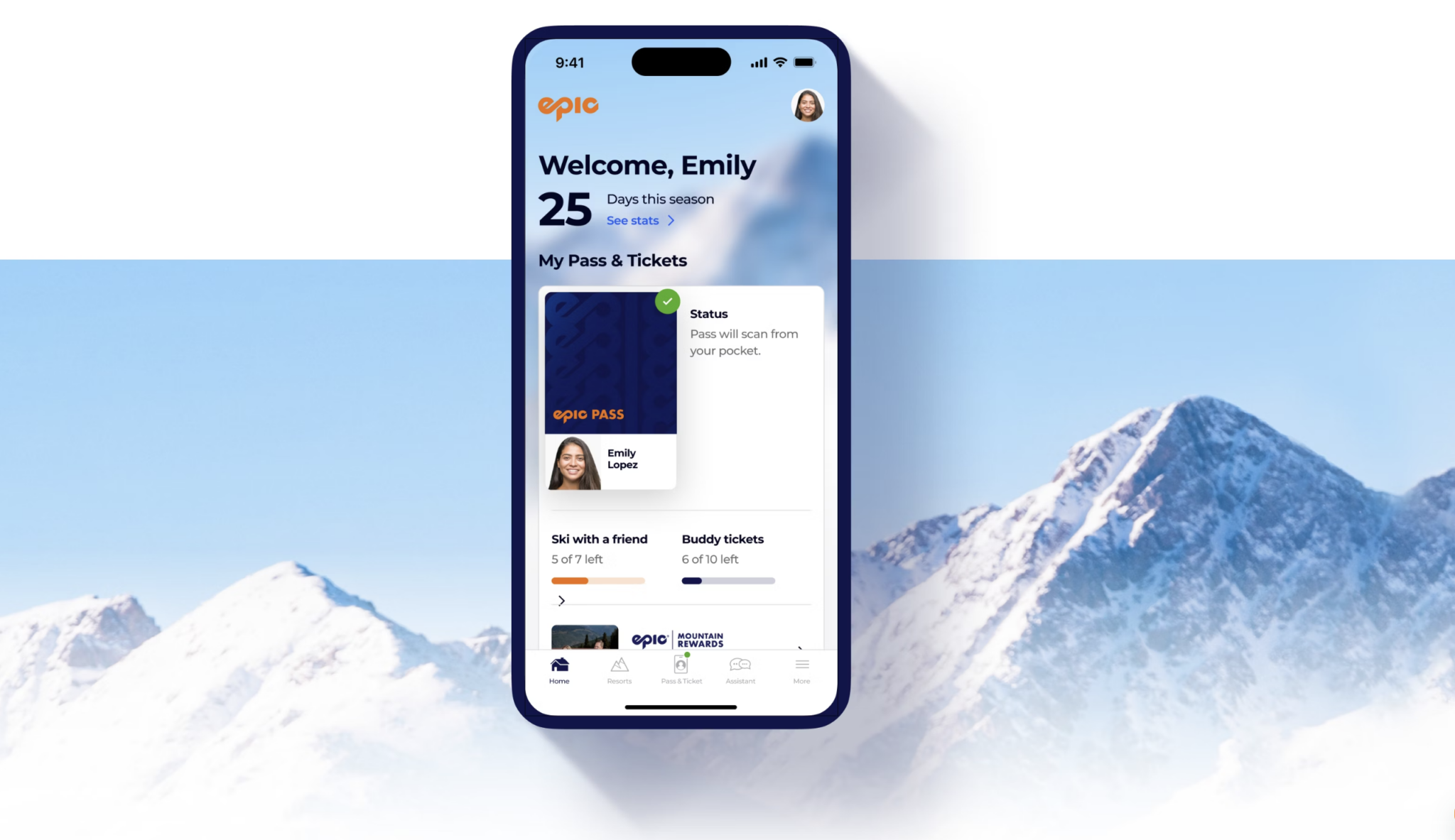Skyscanner Tests Periscope in Hopes of Kickstarting Travel Inspiration

Skift Take
Is Twitter’s new live-streaming app, Periscope, an attractive platform for spurring travel inspiration?
Five days after the launch date of Periscope, Skyscanner, the Scotland-based travel metasearch site, arranged a series of live-streams with local bloggers in nearly two dozen cities using Periscope over a 24-hour period to test that premise.
They moved quickly because they saw live-streaming as an opportunity to try a new way to showcase destinations. “It’s a fun and exciting way to bring the exploration part of travel direct to people,” said a spokesperson for Skyscanner. The cities on the-round-the world broadcast were located in more than 15 countries, including the U.K, the U.S., Australia, India, Indonesia, and Singapore, to name a few.
Skyscanner tries to inspire travelers through a blog that users can find on the bottom of its main page with a hyperlink titled, “Travel Tips and Inspiration” and it doubles as its news feed. The most recent blog content features destinations and top things to see and do written by various writers. One of the metasearch company’s U.S.-based competitors, Kayak, has a similar blog but it is even harder to find.
The 21 travel bloggers and four staff members who participated in the Periscope campaign broadcast from a variety of cities but these locations weren’t selected because they are necessarily key markets for the company. Instead, Skyscanner picked the cities based on their unique attributes and also because there was a self-imposed pressure to create the program in less than a week.
Organizing personalities to fill 24 one-hour slots and marketing this effort was impressive, given the short time frame. When asked about working with influencer agencies to craft the #24hourPeriscope campaign, Sam Poullain, social media manager for Skyscanner said, “We have a network of influencer and travel bloggers as well as in-house bloggers that write for us. We manage these relationships in-house. That’s why we were able to pull this together so quickly.”
Skift joined the New York City live-stream with Joanna Franco, the other half of Shut Up and Go, a 20-something travel blogger duo who travel frugally and with gusto. Franco took her audience on a long walk to the Flatiron building and went inside Eataly to talk about the imported Italian goods that struck her fancy.
As she walked further into the establishment, the signal was lost. Connectivity is a big issue with live-streams. Poullain attributed the glitch to Franco’s unfamiliarity with the newness of the app, adding that Skyscanner was still testing it.
A Skyscanner staff member in Japan did a successful Periscope broadcast seven hours later. The stream showed monkeys being themselves in an elevated park. Skift could see and hear the host and the monkeys, but could only double-tap the screen to like the stream with a “heart” instead of engaging in a real-time chat with the host.
A message appeared and read, “Sorry, the broadcast is too full…” Great for Skyscanner that the stream was well-attended, but it was a poor user experience because it took away the voice of the viewer. The ability to comment is a key feature for interactivity therefore drives lives-stream completion rates.

During a 24-hour time frame, Skyscanner sent more than 100 notifications on Periscope and Twitter about the broadcasts. Poullain said originally Skyscanner planned to broadcast fewer streams but learned quickly that broadcasting 30- to 45-minute sessions was not advantageous.
“We felt like dividing it up into blocks would make it easier to broadcast fresh streams,” he said.
Poullain claimed that Skyscanner’s account averaged 500 viewers per session and received a total of 16,000 hearts. Whether or not these interactions sparked more wanderlust to destinations like Athens, Nashville or Singapore, to name a few cities that featured broadcasts, is still too early to tell.
To date, Skyscanner grew its Periscope account to 1,950 followers. In comparison, the U.S. Department of Interior’s more modest live-streaming approach — with just a handful of sessions — grew its user base to 4,129.
To be fair, U.S. Interior had early access to the Periscope app. However from an acquisition per live-stream perspective, as well as viewers per hour at 215 per session, the U.S. Interior Periscopes were more effective.




